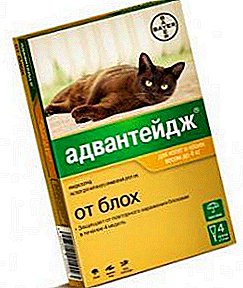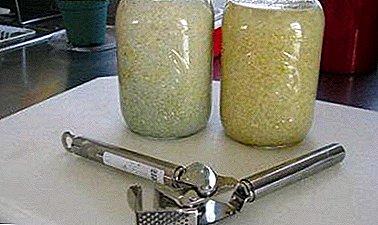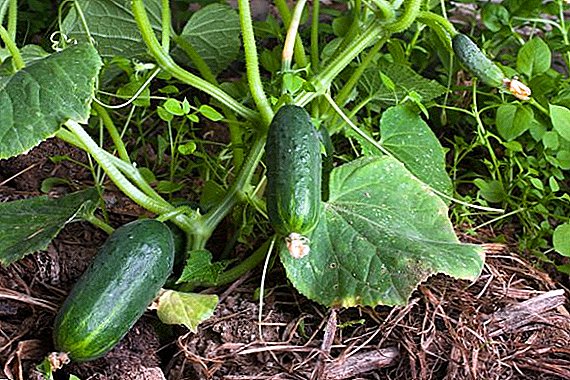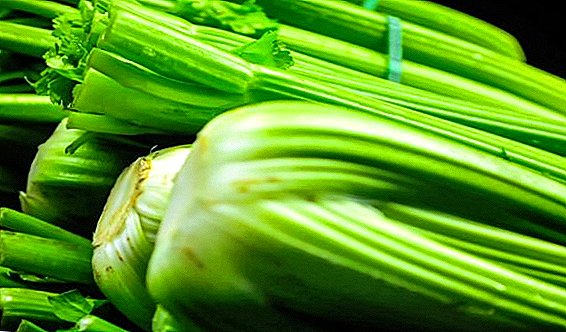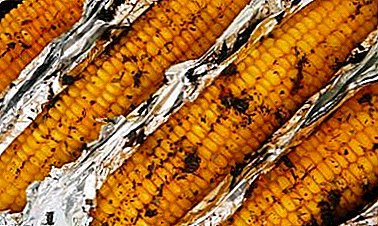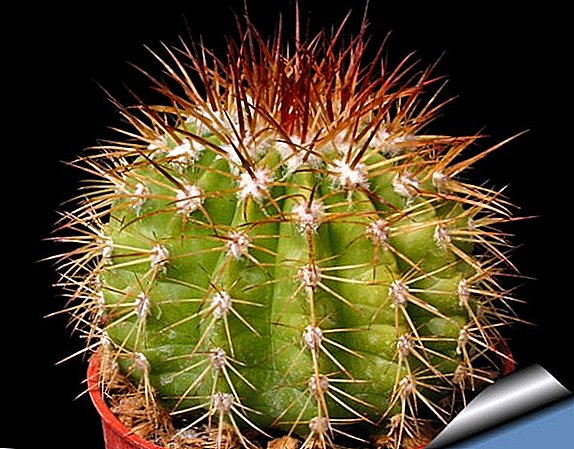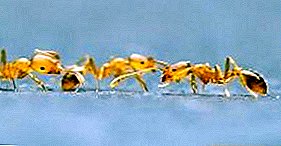
Pharaoh ants are the only species that, due to tropical conditions, has expanded its habitat in other climatic zones. This is a global problem for millions of city dwellers.
Appearance and lifestyle
Pharaoh ant - a small representative of the ant family. The length of the working individual reaches 2 mm, the male - 3 mm, the uterus - 4 mm. The worker ant has a light brown color, close to yellow. The uterus is darker, resembling a garden ant. The males are black, they have wings.
Everything pharaoh ants have yellow stripes on the belly, which is difficult to see due to the very small size of the insect. Eggs ants lay in hard-to-reach places for the human eye. They are 0.3 mm in diameter. Larvae - up to 1.5 mm, are similar in appearance to the eggs.
Colonies of these insects can make up to 300 thousand individuals. The uterus spreads the colony by "budding" (splitting). She, together with part of the working ants and males, creates a new nest not far from the rest of the colony. Individuals of different nests can freely move between them.
Reference! Pharaoh ants, unlike many other species, carry out mating, without leaving the nest. This contributes to a more rapid distribution of the species.
Uterus postpones about 400 eggs in batches of 10-12. The active breeding season is summer. In winter, reproductive performance decreases.
A photo
Next you will see how the Pharaoh’s ants look:




Where do Pharaoh ants live?
These insects can constantly expand their nests, pave a new path to food sources. They live in a warm room with temperatures above + 20 ° C, where there is food reserves. They do not build anthills. The nest can be arranged in any dark place with voids:
- joints between tiles;
- space behind the plinth;
- hollow shutters and curtains;
- electrical appliances that are not used;
- piles of newspapers and magazines, etc.
Ant harm
Like other insects, ants pharaohs can carry dangerous infections. They move through the garbage, food garbage, and bring disease-causing organisms to food. Proved that these ants can carry viruses, including polio. With a lack of food, insects begin to eat wool and skin. They can even lead to the death of small animals, clogging their respiratory organs.
Especially they are active crawling at night. Getting on the human skin, where there is damage, the ants can cause itching and wound infection. They quickly multiply, occupying new territories. Over time, they can inhabit the entire house, and it will be very problematic to withdraw them.
Ways to fight
Finding colonies of pharaoh ants is very difficult. Only 5% of individuals (foragers) run outside the nest in search of food. They should not be killed, but it is better to follow them in order to reveal the location of the whole colony. There will be easier to get rid of pests.
 The means for fighting ants should not scare them away, but attract them and destroy them. It is best to use traps and bait.
The means for fighting ants should not scare them away, but attract them and destroy them. It is best to use traps and bait.
The best natural pest control products:
- yeast;
- borax;
- boric acid;
- sunflower oil.
Chemicals in the form of pastes, gels, powders can be applied to the places of dislocation and paths of movement of insects.
Important! It is ineffective to use ant spray. They have a deterrent effect and cause increased population growth.
Ant Chemicals:
- Combat;
- "Raptor";
- Globol;
- "Clean house";
- "Fas".
Pharaoh ants are insects that cause significant harm to humans. The best defense against them is prevention. It is necessary to constantly maintain cleanliness in the house, to prevent the accumulation of garbage, to store products in closed form.




